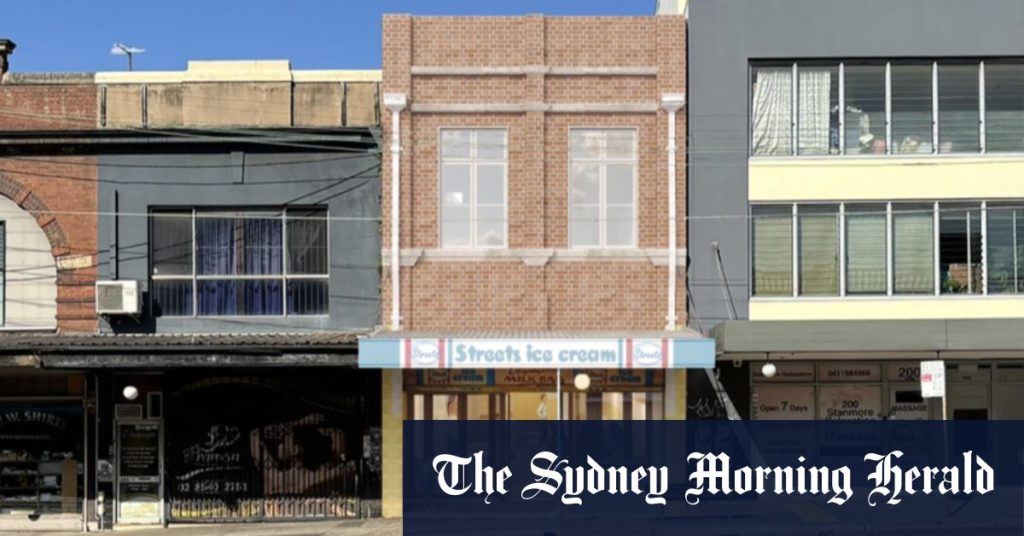Eamon Donnelly, a devoted chronicler of Australia’s fading milk bar culture, experienced a poignant moment of connection with history during a visit to the iconic Olympia Milk Bar in Sydney. His visit, marked by a simple chocolate milkshake and toasted cheese sandwich, allowed him to soak in the atmosphere of a bygone era, a scene he feared was rapidly disappearing. Donnelly’s visit coincided with a meeting with the then-owner, Nicolas Fotiou, who sadly passed away the following year. The Olympia, a relic of mid-20th century Australian life, stood as a testament to the Greek migrant experience and the unique cultural fusion that birthed the milk bar phenomenon.
The Olympia Milk Bar stood apart, distinguished by its remarkable longevity and the unwavering stewardship of Nicolas Fotiou. Leonard Janiszewski, a social historian, emphasized the milk bar’s unique status as the last of its kind – a Greek-run establishment retaining its original character and vintage charm. Fotiou, who emigrated from the Greek island of Lemnos in 1949, dedicated his life to the Olympia after working at other establishments. He co-owned the milk bar with his brother John, taking over an establishment that had first opened its doors in 1939. The Olympia’s history intertwined with that of the adjacent Olympia picture theatre, later a roller-skating rink, connected at first by a door, then a window. Following his brother’s death in 1981, Nicolas remained the sole guardian of the Olympia, even as business dwindled in the 1980s.
The Olympia’s layout offered a glimpse into the past, incorporating distinct American-inspired features. Island mirrors and service counters, designed to streamline customer flow for specific products, were hidden behind later additions but remained a testament to the milk bar’s evolution. Janiszewski highlighted these details, alongside the former presence of booth seating, removed in the 1960s, as significant elements of the Olympia’s unique character. While the future of the site entails its continued use as a “food and drink premises,” the specific plans remain unclear. Janiszewski stressed the need for a robust business model, cautioning against relying solely on the initial wave of nostalgia-driven customers.
The Australian milk bar represents a fascinating cultural blend, originating from the Greek galactopoleion (milk shop) and the American drugstore soda fountain. Mick Adams, a Greek migrant originally named Joachim Tavlaridis, is credited with establishing the first milk bar in Sydney in 1932, an event commemorated by a plaque in Martin Place. By 1937, milk bars had proliferated across Australia, numbering around 4,000, and the concept spread globally. Initially focused on milkshakes – viewed then as health drinks containing ingredients like eggs, honey, and nuts – milk bars offered a distinct experience, devoid of table service or elaborate food menus. The success of any revival of the Olympia, Janiszewski argued, hinges on a sustainable business plan that avoids a mere "pastiche of memory" and authentically captures the essence of the original milk bar experience. He suggested learning from successful models in countries like Poland, where collaborations between historic milk bars and museums offer enriching tours. Furthermore, incorporating supplementary offerings, such as hosted events, merchandise, and publications, could enhance the business’s viability.
Emma Simmons, an illustrator and designer, captured the Olympia’s enduring appeal through her artwork. Drawn to the building’s diverse textures and "time capsule" quality, Simmons’ limited edition prints of the Olympia’s façade resonated deeply with the public, selling out quickly. The image remains available on cushion covers, reflecting the ongoing fascination with the iconic milk bar. Simmons believes the Olympia’s allure stems from the mystery surrounding it, a testament to the Fotiou family’s history of resilience and survival within its walls.
The Olympia Milk Bar’s story transcends mere nostalgia. It represents a chapter in Australian social history, a testament to the immigrant experience, and the evolution of a unique cultural phenomenon. The challenge remains to preserve its legacy authentically, ensuring any future iteration respects its historical significance while creating a sustainable model for the future. The Olympia’s story is a reminder of the importance of preserving cultural landmarks, not just as static displays, but as vibrant spaces that connect the past with the present.

